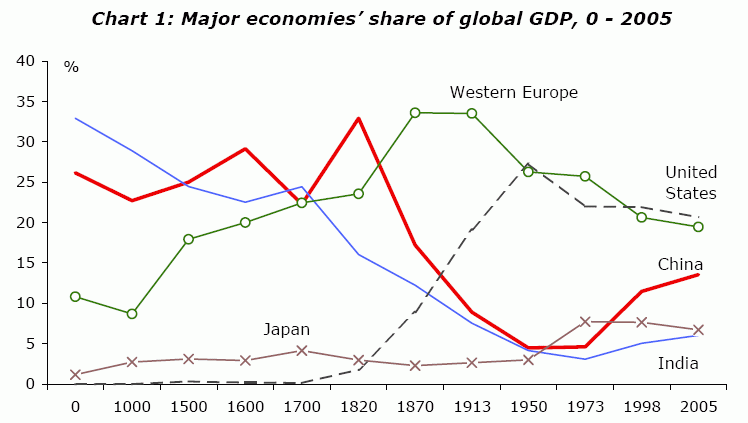With the steady drumbeat of negative news, it’s easy to slip into despair about the state of the nation and the world. The present moment has enabled journalists and well-meaning prognosticators of all sorts to shout out the depth of our peril. While the danger is real, I’d like to take a moment to point out a myriad of reasons why the Coronavirus pandemic may end in something less than the worst case outcome (for the skeptical, you will find ample sourcing along the way).
First, let me define what I mean: a worst case outcome would be something approximating the Imperial College of London study, with millions of deaths in the United States. While President Trump initially stalled and downplayed the crisis, the response is now rolling nationwide, with 75% of the US under lockdown and 90% of Americans saying that they are staying home in some manner. If the US manages to traverse a path similar to that of Italy, we might keep total fatalities at or below 100,000.
- The population density for the lower 48 is roughly 329M / 3.1m sq miles = 106 people/sq mile, versus 533 people / sq mile in Italy. This is not a linear factor as populations are grouped into much denser metro areas, but in general metro area density in the US is still much lower than in Italy.
- 22.7% of Americans are above the age of 60, versus 29.8% of Italy. Since the vast majority of Coronavirus deaths are of those beyond the age of 60, this factor alone should reduce America’s risk by 25% relative to Italy.
- There is some early statistical evidence that sun, warmth, and absolute humidity might reduce the spread of Coronavirus. According to these models, the later onset of the outbreak in the US and warmer climate (relative to northern Italy in early March) could prove ameliorating.
- Results of testing every individual in the village of Vo, Italy revealed that for every positive test in a broader population, up to 10 times as many individuals may have contracted the virus. These kinds of results indicate that the mortality rate might stabilize below the current 1% estimate.
- Over 50 different drugs or treatments are currently being investigated – the worst case scenarios imply that all of these treatments fail or are so delayed that they prove ineffectual.
